■ What does it mean that the Sequential Take 5 is the ideal synthesizer?
In December of last year, I purchased the Sequential Take 5 analog synthesizer from Sound House. There are various reasons for my purchase, but I can confidently say that this synthesizer is the best among the ones I have ever bought.
I’d like to share from my personal perspective what makes the Sequential Take 5 stand out, especially for those considering starting with a synthesizer. I hope it will be helpful.
I am an amateur synthesizer enthusiast and performer, and I hope this can be of some reference.
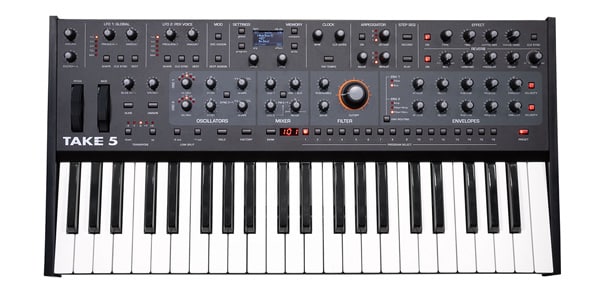
Sequential TAKE5
■ Synthesizer Purchase List for a Synth Nerd
Let me briefly list my history of purchasing keyboard instruments. Looking at this list, you will be able to understand my preference for synthesizers. I’ll highlight my favorites in bold (only synthesizers).
- Roland
- SH-5, Jupiter-6, D-50, S-550, RD-600
- KORG
- Polyphonic Ensemble Orchestra PE-2000, Poly-6, Wavestation, SV-1
- Oberheim
- Xpander, Matrix-6
- Yamaha
- DX-7, CX-5, DX-7II, MODX6
- Ensoniq
- ESQ-1, SQ-R (sound module)
- Alesis
- Quadrasynth
- Hammond
- NewX-5, XB-1
- Nord
- Electro-4
- Waldorf
- Blofeld Keyboard
- E-mu
- Vintage Keys (sound module)
- Casio
- SK-1
- Fender
- Rhodes Suitcase 88-Key
- Kurzweil
- K2000
■ Sound Quality?
My main criterion for evaluating synthesizer sound is that it should be “rich and present.” You can understand this preference from my favorite synthesizer, the Oberheim Xpander.
■ Analog vs. Digital?
Based on this criterion, there is no doubt that analog synthesizers are superior.
Digital synthesizers tend to have sharp tones that lack warmth and depth, and they can sound harsh to the ears. I also purchased several sampler-based synthesizers, but I didn’t like them due to their thin and shallow sound. Compared to analog, the sound can get buried when played in a band, and the sound doesn’t project well. FM electric pianos are still my favorite sound, though... even though they aren’t analog.
■ Price?
In terms of price, my typical range was around 200,000 yen. There are exceptions, like the Hammond Organ at 630,000 yen, Roland’s Jupiter-6 at 490,000 yen, and Oberheim’s Xpander at 648,000 yen, but 200,000 yen is generally the ideal price. The reason being that it’s within reach for amateurs and still produces a decent sound.
■ Weight?
The first monophonic synth I bought, the Roland SH-5, weighed 24 kg. The Jupiter-6 was also pretty heavy. These were bought in my 20s, so even with the weight, I managed.
However, after working with TV cameras over 10 kg, I developed chronic back pain. Now, if I have to carry a synth over 10 kg, walking becomes difficult the next day, so I’ve stopped buying heavy gear. My ideal weight is under 10 kg.
Synthesizers, when they were first released, were not portable and required separate keyboard modules connected with cables to larger modular units due to technical limitations.
■ Let’s Start with the History of Analog Synthesizers
We first recognized the ‘sound’ and ‘music’ of synthesizers around 1968, when Walter Carlos (who later transitioned to Wendy Carlos) released Switched-On Bach. This album was a huge hit, selling about a million copies. It’s been 54 years since then.
On the album cover, you can see Walter Carlos dressed as Bach, with a Moog modular monophonic synthesizer behind him (see the album cover).
There’s a certain esprit in this juxtaposition of Bach, the father of Baroque music, and the cutting-edge instrument behind him.
The synthesizer was marketed with the slogan, “It can make any sound, no sound is impossible!” The innovative musicians must have been thrilled by this promise.
But in reality, the synthesizers could only produce monophonic sounds at that time.
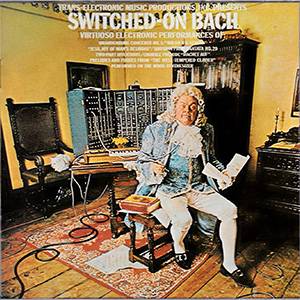
Switched-On Bach / Walter Carlos (1968)
■ The First Synthesizer Sound I Heard
When I was in junior high, the first synthesizer sound I heard was in Stanley Kubrick’s 1971 masterpiece film A Clockwork Orange.
The soundtrack was by Walter Carlos, who also did Switched-On Bach, featuring synthesizer renditions of Beethoven and Rossini. The use of Beethoven’s Ninth and Rossini’s William Tell Overture, played at a fast pace, utilized the distinctive sound of analog synthesizers.
At that time, analog synthesizers could only play monophonic sounds. Many musicians wanted synthesizers that could play chords.
However, there was a technological barrier: It was said that to make a polyphonic synthesizer (one capable of chords) with the technology of the time, it would require the size of an entire building.
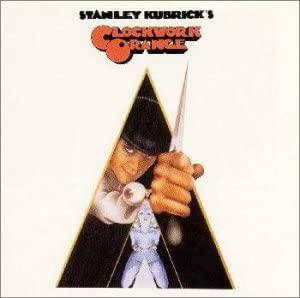
A Clockwork Orange Soundtrack / Walter Carlos
■ Overcoming Technological Barriers: From Monophonic (Single Sound) to Polyphonic (Chordal)
Synthesizers It took about 7 years for a synthesizer that could play chords to appear.
In 1978, at the large-scale NAMM Show in the United States, Sequential Circuits released the Prophet-5. This synthesizer changed the game. The creator was Dave Smith, a legend in the world of synthesizers. The Sequential lineage began with the Prophet-5 and continues through the latest Take 5.
The Prophet-5 transformed the monophonic instrument into a polyphonic synthesizer that musicians had long desired, though it was quite expensive at 1.7 million yen.
Other polyphonic synthesizers from Roland and Korg had been released about a year earlier, but Roland’s had only 4-voice polyphony, and Korg’s was too large and difficult to transport. The Prophet-5 overcame these challenges and became the first choice for musicians.
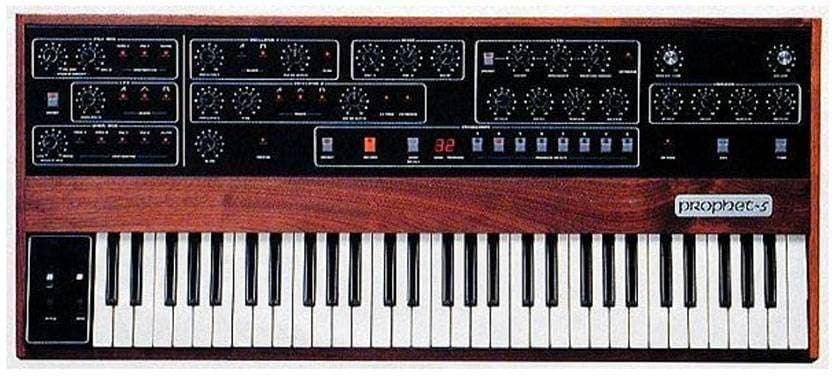
Sequential Circuits Prophet-5
■ Now You Could Save Your Sound!
The Prophet-5 was also revolutionary in that it allowed musicians to save up to 40 different sounds, something that hadn’t been possible before. Monophonic synthesizers like the Minimoog couldn’t store sounds. Musicians had to manually tweak knobs on the panel during performances to change sounds.
With the Prophet-5, musicians could recall the sounds they had created at the press of a button, making live performances much easier.
■ The Prophet-5 Was an Ideal Poly-Synth in Every Way!
The Prophet-5 can be said to have rewritten synthesizer history.
It was, in many ways, the ideal instrument. With its release, many other manufacturers likely began to use the Prophet-5 as a reference in synthesizer design.
However, issues such as price and weight were still challenges. This was 1978, over 40 years ago. The ideal analog synthesizer that I envisioned still had a long way to go, but after 40 years, many of those issues are addressed in the Take 5.
For the continuation of this story, please read Part II.
The “sound & person” column is made up of contributions from you.
For details about contributing, click here.






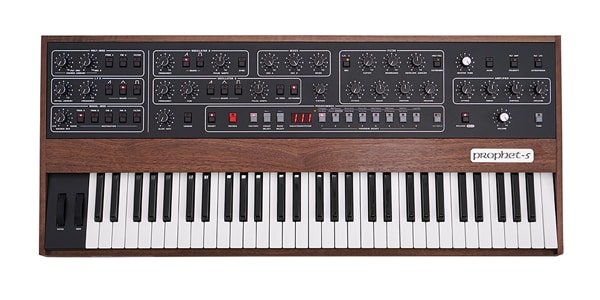






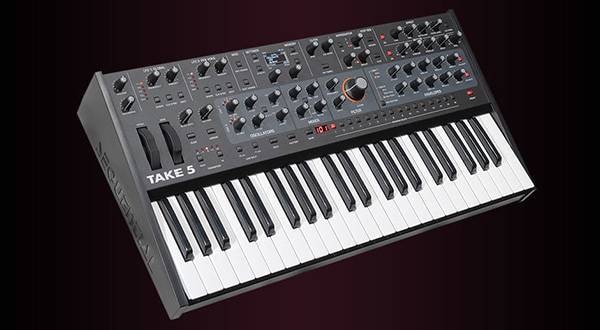
![[2025 Latest Edition!] Popular Modular Synthesizer/Semi-Modular Synthesizer Ranking [Recommendations]](/contents/uploads/thumbs/2/2021/12/20211202_2_15495_1.jpg)
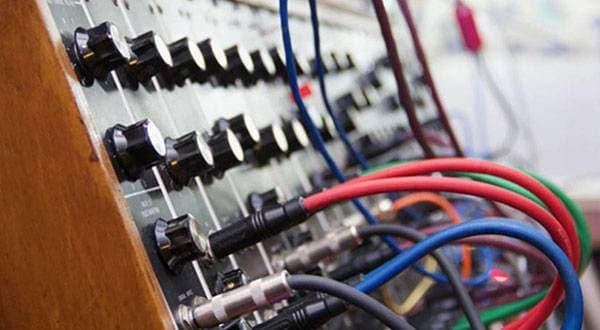
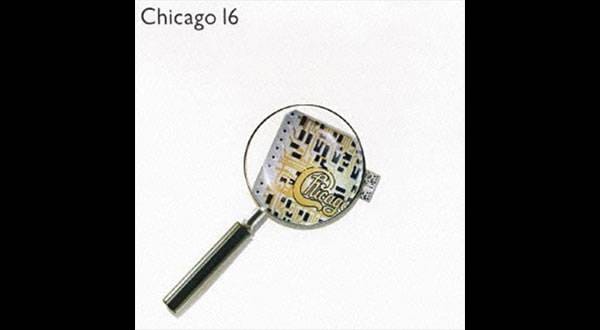
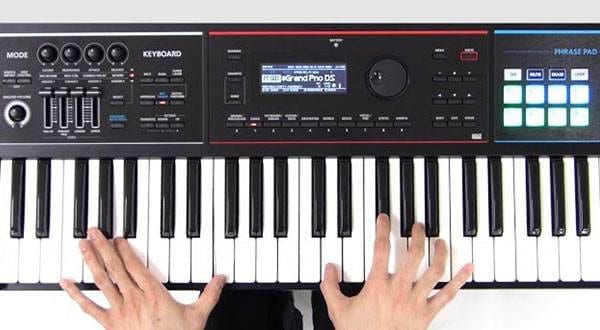

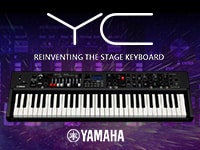 YAMAHA YC61 特集
YAMAHA YC61 特集
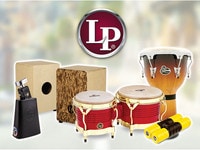 LP パーカッション
LP パーカッション
 超オススメのフレーズ道場 キーボード
超オススメのフレーズ道場 キーボード
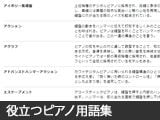 自分にあったピアノを選ぼう!役立つピアノ用語集
自分にあったピアノを選ぼう!役立つピアノ用語集
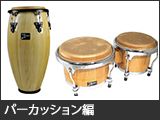 パーカッション編
パーカッション編
 キーボードスタートガイド
キーボードスタートガイド















